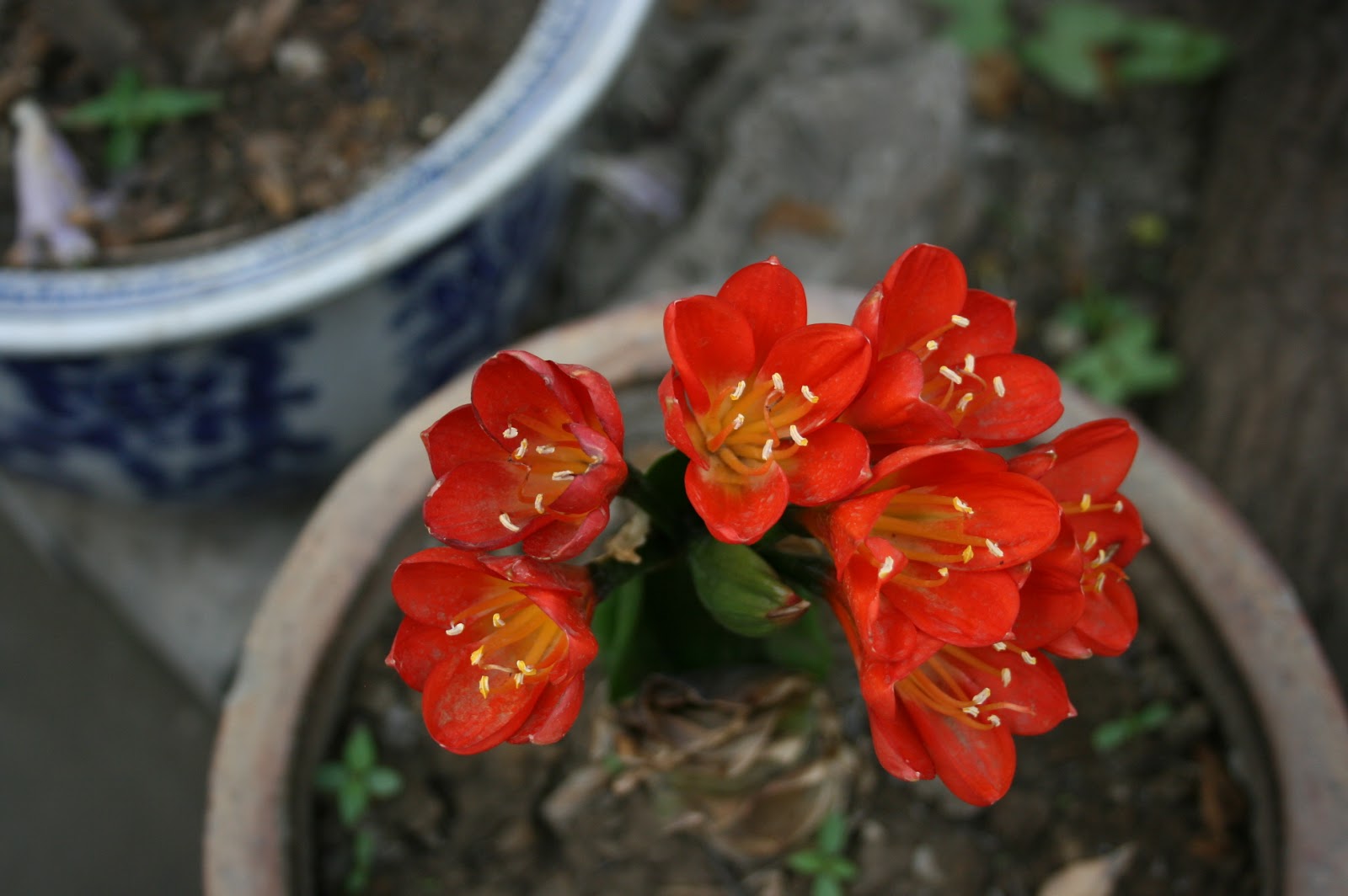I've been posting our trip to China (out of sequence) that have inspired me to look back at our trip to China. Our trip was before I started blogging our travels.
Boarding our river cruise.
Laundry Day
Signs
Arriving in Beijing Day 1
Boarding our river cruise.
Laundry Day
Signs
Arriving in Beijing Day 1
Tiananmen Square Day 2
Forbidden City Day 2
Temple of Heaven Day 2
Day 3 and our last day in Beijing, the morning plan is:
Hutong Tours in a Rickshaw, Cloisonne Factory, Xing Shuang Quan Restaurant(Lunch)
Hutongs are a type of narrow streets or alleys, commonly associated with northern Chinese cities, most prominently Beijing.
In Beijing, hutongs are alleys formed by lines of siheyuan, traditional courtyard residences. Many neighbourhoods were formed by joining one siheyuan to another to form a hutong, and then joining one hutong to another. The word hutong is also used to refer to such neighbourhoods.
Since the mid-20th century, the number of Beijing hutongs has dropped dramatically as they are demolished to make way for new roads and buildings. More recently, some hutongs have been designated as protected areas in an attempt to preserve this aspect of Chinese cultural history.
In old China, streets and lanes were defined by width. Hutongs were lanes no wider than 9 metres. Many are smaller; Beijing hutongs range in width from 10 metres down to only 40 centimetres.
We went inside a traditional home in the hutong.
Hutong tourists must understand that any a visit to a private siheyuan can be inappropriate as that is the same as walking into a privately owned garden without the owner's permission. But at No. 39, you can step in and see a traditional courtyard. The siheyuan has been an accessible attraction since it opened in 2008 during the Beijing Olympic Games, and people from all over the world visit to see what's behind the door.
No. 39 is a small siheyuan, but the owner has tried to fill it with as much local flavor as possible. For 20 yuan, you can come in and see stone tables and chairs, caged birds, and randomly, a wooden shelf full of plastic grapes. In the main hall is a table full of snuff bottles, and the bedroom is furnished in a traditional style. The owner, a 40-year-old woman surnamed Chen, says her siheyuan sees hundreds of tourists each day, most of whom are Chinese from other cities.
Hutong tourists must understand that any a visit to a private siheyuan can be inappropriate as that is the same as walking into a privately owned garden without the owner's permission. But at No. 39, you can step in and see a traditional courtyard. The siheyuan has been an accessible attraction since it opened in 2008 during the Beijing Olympic Games, and people from all over the world visit to see what's behind the door.
No. 39 is a small siheyuan, but the owner has tried to fill it with as much local flavor as possible. For 20 yuan, you can come in and see stone tables and chairs, caged birds, and randomly, a wooden shelf full of plastic grapes. In the main hall is a table full of snuff bottles, and the bedroom is furnished in a traditional style. The owner, a 40-year-old woman surnamed Chen, says her siheyuan sees hundreds of tourists each day, most of whom are Chinese from other cities.
Our next stop was a Cloisonne Factory. Beijing is the cradle of cloisonne technique. Cloisonne is a famous traditional enamel ware, known as the “Blue of Jingtai” in China, with a history of over 500 years. It was so called because “blue” was the typical colour used for enamelling and “Jingtai” was the reign title of the 7th Ming Emperor. Enamel ware became very popular during the Emperor’s reign. There is a great variety of products, such as vase, jar, bowl, plate, box and ash-tray. They are brilliant in colours and splendid in design. Cloisonne is one of the famous arts and crafts of Beijing.Base-hammering, copper-strip inlay, soldering, enamel-filling, enamel-firing, polishing and gilding, the making of cloisonne requires rather elaborate and complicated processes.




.jpg)

.jpg)
.jpg)
.jpg)




.jpg)
.jpg)
.jpg)





.jpg)
.jpg)
.JPG)
.JPG)
.JPG)

.JPG)
.JPG)
.JPG)
.JPG)
.JPG)

The craftmanship of that cloisonne is quite remarkable.
ReplyDeleteThanks for the tour. Looks like an amazing place to visit. Enjoyed seeing the cloisonne factory. Amazing work.
ReplyDeleteI'd never heard of a hutong before so thank you for the intro and the photo tour. I am familiar with Cloisonne so fun to see some artists at work.
ReplyDeleteGreat set of photos and it sure sounds like you accomplished a lot in one day.
I would love visiting the homes and that food looks very tasty. It would have been an amazing experience. One I hope to have one day.
ReplyDeleteWe ran out of time to visit a hutong when we were in Beijing, so I am excited to hear/see from you what it is like. That is a very enterprising woman to open up here home to tourists, and it sounds as if the tourists really appreciate it. Did the rickshaws go into car traffic? Whenever I ride a trishaw (rickshaw with bike in back) in Penang, I'm always convinced I'll be hit by a car.
ReplyDeleteHi Jackie, you have covered a lot in one morning! Nice details about the hutongs. Your tour reminded me of the tour I took myself. I even think that we might have visited the same house. I'm hoping this hutong community will be preserved. It's sad that a lot of them has been demolished to build modern buildings. I enjoyed your cloisonne factiory tour. That's something I didn't get to do so it was nice to visit it virtually through yuor post,.
ReplyDeleteLooks great - wonderul pictures!
ReplyDelete